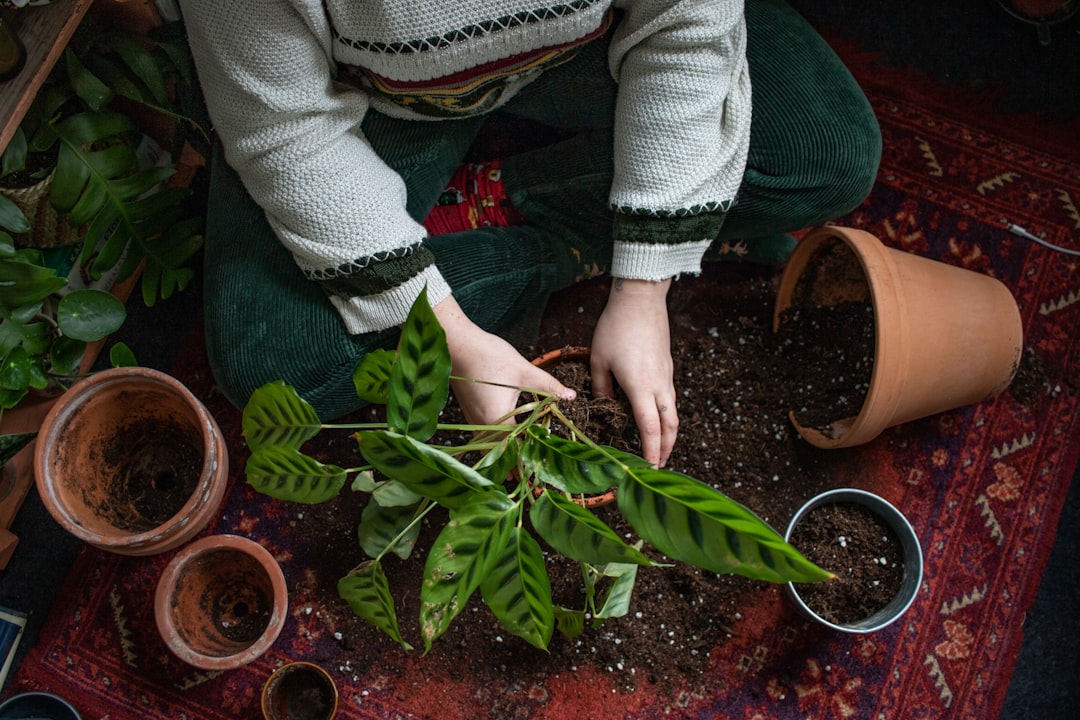When starting a garden, one of the biggest decisions gardeners face is whether to plant seeds directly into the ground (direct sowing) or start them indoors and transplant seedlings later. Each method has its advantages and is better suited to certain crops, climates, and growing conditions. Understanding the differences can help you maximize yields and ensure a healthy, productive garden.
Direct Sowing: Pros and Cons
Direct sowing is the process of planting seeds directly into the garden soil rather than starting them indoors. This method is particularly beneficial for crops that don’t transplant well due to their delicate root systems.
Advantages of Direct Sowing:
- Less Labor-Intensive: No need for seed trays, potting soil, or indoor growing space.
- Healthier Root Development: Plants establish themselves in their final location, reducing transplant shock.
- Cost-Effective: Eliminates the need for grow lights, heating mats, and containers.
Disadvantages of Direct Sowing:
- Slower Start in Some Climates: Seeds are subject to temperature fluctuations, which may delay germination in colder regions.
- More Vulnerable to Pests and Weather: Birds, insects, and unexpected frosts can impact germination rates.
- Weed Competition: Young seedlings must compete with weeds for nutrients and space.
Best Crops for Direct Sowing:
- Root vegetables (carrots, radishes, beets)
- Beans and peas
- Corn
- Leafy greens (lettuce, spinach, arugula)
- Squash, cucumbers, and melons
Transplanting: Pros and Cons
Transplanting involves starting seeds indoors or in a greenhouse and moving the young plants into the garden after they develop strong roots.
Advantages of Transplanting:
- Extended Growing Season: Ideal for regions with short summers, as it gives plants a head start.
- Stronger Seedlings: Controlled indoor conditions allow for optimal growth before exposure to outdoor elements.
- Better Weed Control: Transplanted seedlings are larger and more competitive against weeds.
Disadvantages of Transplanting:
- More Time and Effort: Requires careful monitoring of seedlings, hardening off, and careful planting.
- Transplant Shock: Moving plants can stress them, slowing growth or causing damage.
- Higher Costs: Requires supplies like containers, soil, and grow lights.
Best Crops for Transplanting:
- Tomatoes and peppers
- Eggplants
- Brassicas (broccoli, cauliflower, cabbage)
- Herbs (basil, parsley)
- Onions and leeks
Choosing the Right Method for Your Region
Your climate and growing season length should influence your choice between direct sowing and transplanting.
- Cold Climates: Transplanting is often necessary for long-season crops like tomatoes and peppers to ensure they mature before frost.
- Mild or Warm Climates: Many crops can be direct sown successfully due to extended growing periods.
- Short Growing Seasons: Using transplants for slow-growing plants can help maximize yield.
- Drought-Prone Areas: Direct sowing allows plants to establish deeper roots early, making them more drought-resistant.
Final Thoughts
Both direct sowing and transplanting have their place in a well-planned garden. By understanding the needs of different crops and the conditions in your region, you can make informed decisions that lead to a thriving garden. Experimenting with both methods will also help you find what works best for your specific environment and gardening style.

Comments
No comments yet. Be the first to comment!
You must be logged in to comment. Login